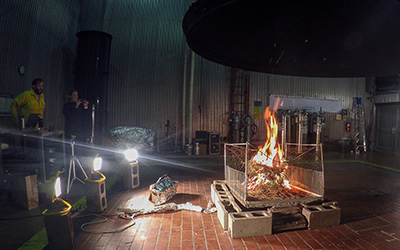A .gov website belongs to an official government organization in the United States.
A lock () or https:// means you've safely connected to the .gov website. Share sensitive information only on official, secure websites.
Tropospheric Chemistry research uses a variety of platforms to conduct field observations. These include research aircraft, ships, and ground sites.
The NOAA WP-3D is used in many of our field campaigns. Instruments have also flown on the NOAA G-4 and NOAA Twin Otter. These aircraft are operated by the NOAA Aircraft Operations Center (AOC). Instruments have also flown on the NSF / NCAR C-130, operated under the NCAR/UCAR Earth Observing Laboratory (EOL), and the NASA DC-8 airborne science laboratory, based at the NASA Armstrong Flight Research Center. We have also contracted manned aircraft from Scientific Aviation for small payloads.
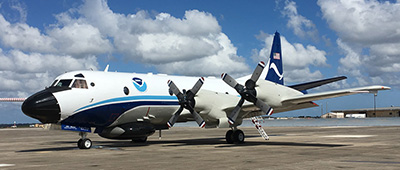
Several group participating field projects have used the NOAA R/V Ronald H. Brown. Instruments have also deployed on the R/V Knorr and R/V Atlantis. Woods Hole Oceanographic Institution operates these research vessels. Ship-based endeavors are often considered mobile ground sites, with instrumented trailers deployed on deck.
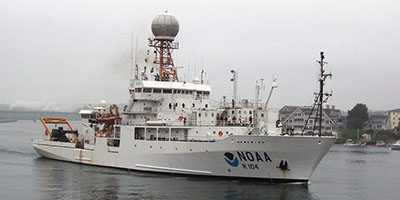
Ground sites encompass sea containers, trailers or tall towers and have been located both locally in Colorado, and throughout the U.S. and the world. Our group has led several ground-based intensives and has participated in many others. Ground based measurements often occur in conjunction with those of other platforms such as aircraft, providing continuous data from a single location to complement the periodic data from mobile platforms. Instruments have also deployed in a mobile lab for regional ground measurements.
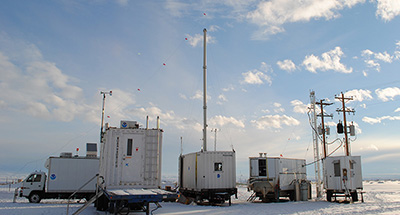
The CSL mobile laboratory is a modified, full-sized passenger van with a set of both standard (e.g., CO, CO2, CH4, meteorology) and custom (varies by deployment) equipment. It is a versatile platform well-suited to regional air quality studies in instances where aircraft are either not feasible or not available. It deployed in New York to investigate emissions and chemistry of volatile chemical products (NYICE 2018), locally in Colorado to investigate agricultural emissions (Ag Emissions Studies), and to Las Vegas to ascertain exceptional events contributing to regional ozone in Clark County, Nevada (FAST-LVOS 2017).
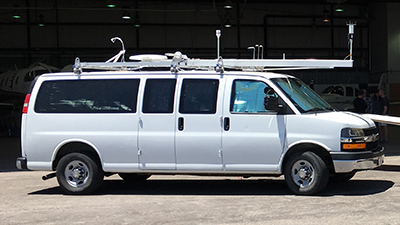
Investigators in our group have participated in and led studies in large-scale laboratory studies external to our facilities in Boulder, Colorado. Our expertise with field instrumentation lends itself to deployment in these locations, which resemble field deployments but in controlled settings. The U.S. Department of Agriculture Fire Sciences Laboratory enables the detailed study of emissions and chemical transformation of gases and particles from fuels associated with biomass burning. The SAPHIR environmental chamber at the Forschungszentrum Jülich (FZJ) hosts intensive studies of chemical transformations relevant to the development of atmospheric chemical mechanisms.
